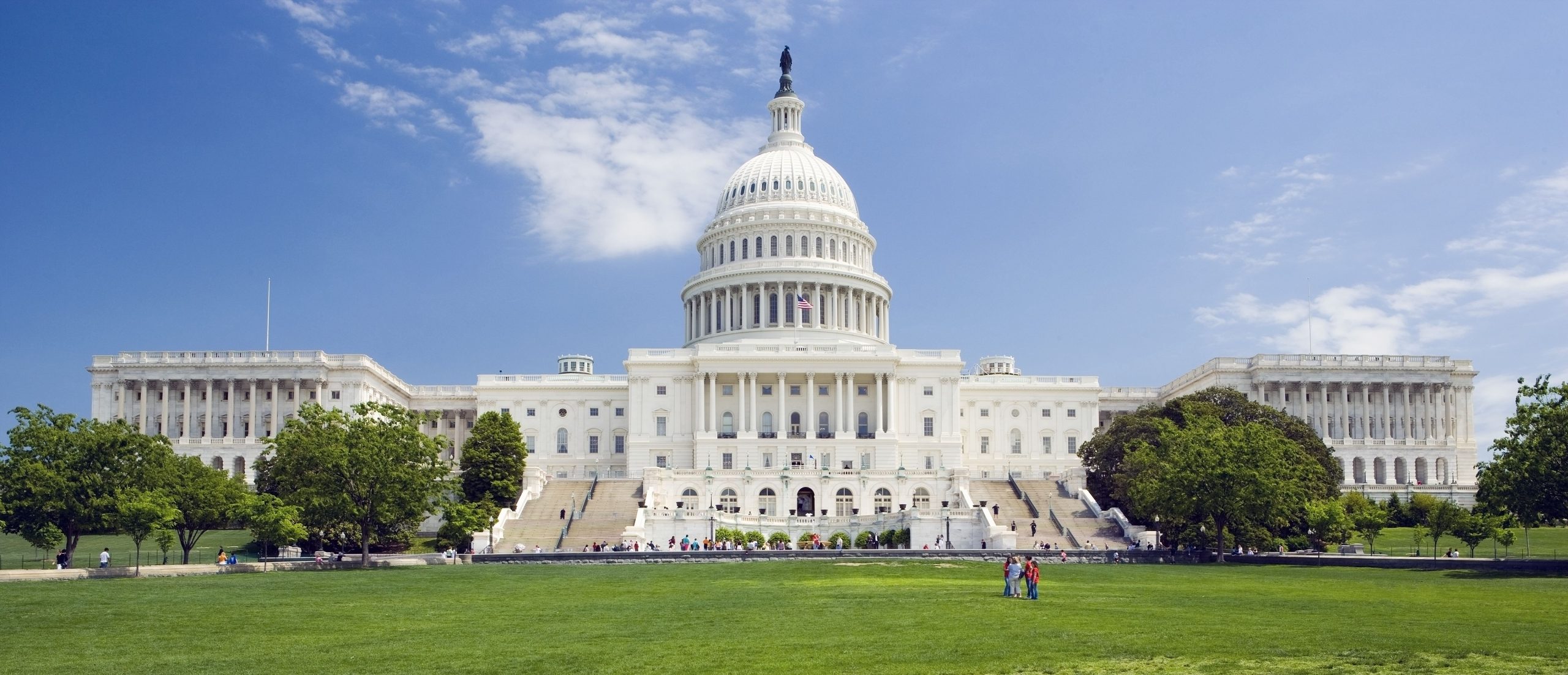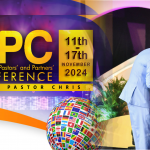
A cursory review of literature on public policy reveals the difficulty in coming up with a strong definition of Public Policy that is satisfactory to all actors in this field. As has been pointed out by Wedel, Shore, Feldman, and Lathrop, “[T]he word “policy” is a concept laden with often quite contradictory meanings; it is a word that can be coded and decoded to convey very ambiguous messages.” In other words, its academic taxonomy remains elusive. Because of this, one can find a plethora of definitions in the literature depending on the disciplinary background and value orientation of the scholars. The following are some definitions that have been proffered.
DEFINITION
Policy has been defined as “a decision or, more usually, a set of interrelated decisions concerning the selection of goals and the means of achieving them. The identification of policy as a set or web of decisions is useful in that it underlines the notion that policy is best seen as a course of action—or inaction—rather than a single, discrete decision or action”. Robert Eyestone defined public policy as “the relationship of government unit to its environment.” David Easton defined it as “the authoritative allocation of values for the whole society.” Falola and Salm quote Thomas R. Dye’s definition as “whatever government chooses to do or not to do” and Dye (1998:3) quoted Laswell and Kaplan’s definition as “a projected programme of goals, values, and practices.” Klein and Marmor agree with Dye by stating that public policy is what governments do and neglect to do.
The study of public policy examines the creation, by the government, of the rules, laws, goals, and standards that determine what government does or does not do to create resources, benefits, costs, and burdens.
The term public policy always refers to the actions of government and the intentions that determine those actions (Clarke E. Cochran et al.)
Public policy is the outcome of the struggle in government over who gets what (Clarke E. Cochran et al.).
Whatever governments choose to do or not to do (Thomas Dye).
Public policy consists of political decisions for implementing programs to achieve societal goals (Charles L. Cochran and Eloise F. Malone).
Stated most simply, public policy is the sum of government activities, whether acting directly or through agents, as it has an influence on the life of citizens (B. Guy Peters).
The Canadian Encyclopedia defines public policy as “the general purpose of government action and the views on the best or preferred means of carrying it out; more specifically, it refers to government actions designed to achieve one or more objectives. “Policy” can have at least two distinct meanings: it can refer both to how something is done (rules and procedures), which may be called administrative policy, or to what is being done, e.g., substantive programs” (Article by André Bernard published 02/07/06).
Public policy is an attempt by a government to address a public issue or problem by instituting laws, regulations, decisions, or actions pertinent to the problem at hand.
Public Policy can be described as the overall framework within which government actions are undertaken to achieve public goals.
[Public Policy is] the study of government decisions and actions designed to deal with a matter of public concern. Policies are purposive courses of action devised in response to a perceived problem.
Public policies are filtered through a specific policy process, adopted, implemented through laws, regulatory measures, courses of government action, and funding priorities, and enforced by a public agency.
Individuals and groups attempt to shape public policy by mobilizing interest groups, advocacy education, and political lobbying. Official policy provides guidance to governments over a range of actions and also provides mutual accountability links between the government and its citizens.
The policy process includes several key aspects: a definition of the problem to be addressed, the goals the policy is designed to achieve, and the instruments of policy that are employed to address the problem and achieve the policy goals. Public policy is the heart, soul, and identity of governments everywhere. Elected officials are voted into power by the sovereign citizens of a country due to those citizens’ desire to affect public policy (Chapter 1 of Public Policy: Perspectives and Choices 5th Ed. Charles L. Cochran and Eloise F. Malone, 2014).
Public Policy is the principled guide that determines the courses of action or inaction geared toward the common good of a territory through the application of all the resources harnessed in the territory (Abu Bako, 2017).
Policy has been defined as “a decision or, more usually, a set of interrelated decisions concerning the selection of goals and the means of achieving them. The identification of policy as a set or web of decisions is useful in that it underlines the notion that policy is best seen as a course of action—or inaction—rather than a single, discrete decision or action”.
Robert Eyestone defined public policy as “the relationship of government unit to its environment.” David Easton defined it as “the authoritative allocation of values for the whole society.” Falola and Salm quote Thomas R. Dye’s definition as “whatever government chooses to do or not to do,” and Dye (1998:3) quoted Laswell and Kaplan’s definition as “a projected programme of goals, values, and practices.” Klein and Marmor agree with Dye by stating that public policy is what governments do and neglect to do. The list of definitions is without end but what can be deduced from these definitions is that Public Policy is dynamic and involves the following:
- principled guide [principles – spirit] that determines the
- courses of action or inaction geared towards the
- the common good of a territory through the application of
- all the resources harnessed in the territory
INTERDISCIPLINARITY
Public policy is contextually interdisciplinary and draws from multiple disciplines like economics, political science, sociology, philosophy, anthropology, etc., for its analysis. In a broad sense, one can stretch its nature to say that it’s trans-disciplinary.
Deldon traces the historical roots of public policy to the policy sciences, an approach credited to Harold D. Lasswell, who advocated the use of rigorous applied sciences in the mid-twentieth century to issues pertaining to government and governance. In Lasswell’s words, the policy sciences were made up of “the social and psychological sciences; in general, all the sciences that provide facts and principles of direct importance for the making of important decisions in government, business and cultural life (in Muth 1990, 17)”. From the composition of the policy sciences, we can see how public policy has inherent in its hereditary tree interdisciplinary traits. This is further bolstered by the following quote:
Recognizing the interdisciplinary nature of this endeavor, Lasswell and his colleagues called for the merger of the discipline of political science with insights from sociology, economics, business, law, and also to reach out to physicists and biologists (Lasswell 1951, 3–15)
Allison Graham quoting Rothwell (1951), stated that Lasswell’s policy sciences approach had as an ultimate goal to reduce the errors of judgment made by policymakers, thereby making courses of action surer to the attainment of intended goals.
Jay M. Shafritz traces the roots further back to Jeremy Bentham (1748-1832), the British philosopher and advocate of Utilitarianism who theorized that self-interest was the main motivator and hence governments should strive to deliver the greatest good to the greatest number. Shafritz names Bentham as a founder of the science of policy analysis because whereas his contemporaries and the political analysts of his day focused on the grand philosophies about the state, war, and politics propounded by ancient Greek philosophers, Bentham focused on the nitty-gritty of running a state and how and why public policies affected people. He came to a conclusion that the aim of all policy was to maximize the welfare of the greatest number, and he developed techniques and methods to that end. He was the first to scrupulously and mathematically apply the principle of utility which dates back to the ancient Greeks, to solve policy questions. He was the first to use the results of his empirical investigations of public policy problems and social facts as a basis for challenging and reforming the law. The frontier of this type of legal argument was further pushed by Louis D. Brandeis hence the name Brandeis Brief. Bentham urged policymakers not to make decisions based on party lines or based on personal affiliations, or religion but to make decisions based on that which would produce the greatest happiness for the greatest number. While Bentham’s utilitarian concept can certainly be challenged, it gives a reference point for the beginning of applying the sciences to public policy problems.
POSITIVE VERSUS NORMATIVE
Another important aspect of public policy is the uneasy marriage between positive and normative analysis. Traditionally political science study was associated with a value-neutral approach to politics. Political scientists sought to discover what is and not what ought to be in the political realm. This distinguished political science as a positive science from opinionizing, social engineering, or political philosophy. Laswell and Kaplan in 1950 argued that there were two distinct components of political theory—the empirical propositions of political science and the value judgments of political doctrine.
Empirical research focused on facts, whereas normative theorizing (”political theory”) had values as a focus. Theorists did not concern themselves with rigorous, methodologically informed empirical study, and empiricists did not concern themselves with rigorous, philosophically-informed normative study.
But in modern public policy, the student of the field has the possibility to concern himself/herself with the study of both the empirical propositions of political science and/or the value judgments of political doctrine. With this marriage, a policy analyst or researcher can “subject questions of value to empirical test.”
POLICY CYCLE
Resources available for governments at any given time is definite and not infinite.
Leaders must determine how to manage/dispense the national resources.
They thus have to order/prioritize all needs and determine which are most important for the common good.
The most important needs make it onto the agenda and are submitted for policy people to come up with how to solve the problem. The “how” is the policy.
STAGES IN THE POLICY PROCESS
- Issue Identification: Attention that prompts the need for government action
- Agenda Setting: Government begins to give serious consideration
- Policy Formulation: Development of possible solutions; consideration of several alternatives
- Policy Adoption: Deciding on a particular alternative or set of alternatives
- Policy Implementation: The policy can change quite dramatically during this stage.
- Policy Evaluation: How well did or does the policy work? The information obtained from this stage—policy evaluation—will feed back into the policy formulation stage.
SYSTEMS THEORY
Another major contribution to the public policy debate was made by David Easton when he applied Karl Ludwig von Bertalanffy’s systems theory to modern political analysis. Viewing the political through the systems theory approach profoundly impacted public policy analysis. In a way, this approach offers the policymaker a different lens/framework with which to perceive and appraise the complexities of interchanges within the political environment and between the political environment and other societal environments, thus effectively enabling a policy analyst to understand individual units of the political and social system, and better gauge impacts and consequences of specific courses of action or inaction. But before jumping the gun, what is a system?
A system is any organized collection of parts that are united by prescribed interactions. A systems approach is any analytical framework that views situations as systems. Every system is made up of individual units, inputs, processes, outputs, feedback loops, and the environment in which it operates and with which it continuously interacts. The quality of life of any system depends on the inputs that are fed into it. These inputs, once in the system, undergo transformation through processes and come out as outputs. The outputs, in turn, have ripple effects on the stability of the system that could be positive or negative. For that reason, a careful understanding of the political system and its individual parts is needed to craft policies that will generate outputs with little or no negative impacts on the system and society. The flipside is also true. Sometimes there are changes in the greater environment in which the system operates, and the system has to adapt to, for e.g., technological, global, and environmental changes in order to maintain stability.
Owing to all the above-mentioned reasons, systems thinking approach is indispensable for a public policy analyst or maker. This is even ‘truer’ with the ever-increasing technological advances that have turned our world into a global city. Tinkering with money supply in the USA, for example, has effects on the level of employment within the USA and other economies that are connected to the USA. Fiscal impropriety in the USA and other developed nations, for instance, has ramifications in villages in the Congo.
Public Policy is enriched by its interdisciplinary nature. It exists to solve problems. It’s a demanding field of study which requires an understanding of complex social and political environments within which policy is formulated and implemented. It requires a broad understanding across many disciplines and an astute comprehension of the constellation of philosophies, ideas, institutions, and interests that make up policy activity. This is not easy because no one person can be the jack of all trades hence a need to take advantage of network knowledge and to network with other specialists from other disciplines. Knowledge and how it is derived plays a central role in shaping policy. The use of science to validate values or normative ideas is important to reduce errors of judgment. All of the above constitute part of the raw materials, i.e., the disciplines and perspectives needed in making public policy.
CITED
Allison, G. (2006). Emergence of Schools of Public Policy: Reflections by a founding dean. In R. E. Goodin (Ed.), The Oxford Handbook of Public Policy (1 ed., p. 63). Oxford University Press.
Donne, J. (1839). The Works of John Donne (Vol. 3). (H. Alford, Ed.) London: John W. Parker.
Easton, D. (1953). The Political System: An Inquiry into the State of Political Science. New York: Alfred A. Knopf.
Easton, D. (1957, April). An Approach to the Analysis of Political Systems. World Politics, 9(3), 384.
Etakula, V., & Sahni, P. (2010). Administrative Theory. PHI Learning.
Falola, T., & Salm, S. J. (2006). Globalization and Urbanization in Africa. Africa World Pr.
Farr, J., Hacker, J. S., & Kazee, N. (2006). The Policy Scientist of Democracy: The Discipline of Harold D. Lasswell. American Political Science Review, 100(4), 580.
Gerring, J., & Yesnowitz, J. (2006, January). A Normative Turn in Political Science. Polity, 38(1), 102.
Hoffmann, F. (2011, October 19). PAM-101: Introduction to Public Policy. Lecture. Erfurt: Willy Brandt School of Public Policy.
Klein, R., & Marmor, T. R. (2006). Reflections on Policy Analysis: Putting it Together Again. In R. E. Goodin (Ed.), The Oxford Handbook of Public Policy (p. 892). New York: Oxford University Press.
Online Etymology Dictionary. (n.d.). Policy. Retrieved 2 22, 2012, from Online Etymology Dictionary: http://www.etymonline.com/index.php?term=policy&allowed_in_frame=0
Park, W. H. (2000). Policy. In J. M. Shafritz (Ed.), Defining Public Administration: Selections from the International Encyclopedia of Public Policy and Administration (p. 39). Boulder, Colorado, USA: Westview Press.
Shafritz, J., Layne, K., & Borick, C. (2004). Classics of Public Policy (1 ed.). Longman.
Wedel, J. R., Shore, C., Feldman, G., & Lathrop, S. (2005, July). Toward an Anthropology of Public Policy. Annals of the American Academy of Political and Social Science, 600, 30-51. Retrieved 02 22, 2012, from http://www.jstor.org/stable/25046109
Janine R Wedel et al., “Toward an Anthropology of Public Policy,” Annals of the American Academy of Political and Social Science, 600 (2005): 30-51 <http://www.jstor.org/stable/25046109> [accessed 22 February 2012].
Rudolf Klein and Theodore R Marmor, “Reflections on Policy Analysis: Putting it Together Again,” in The Oxford Handbook of Public Policy, ed. Robert E Goodin (New York: Oxford University Press, 2006), 892.
William H. Park, “Policy,” in Defining Public Administration: Selections from the International Encyclopedia of Public Policy and Administration, ed. Jay M. Shafritz (Boulder: Westview Press, 2000), 39.
Vayunandan Etakula and Pardeep Sahni, Administrative Theory ([n.p]: PHI Learning, 2010), 250.
David Easton, The Political System: An Inquiry into the State of Political Science (New York: Alfred A. Knopf, 1953).
Toyin Falola and Steven J Salm, Globalization and Urbanization in Africa ([n.p]: Africa World Pr, 2006).
Rudolf Klein and Theodore R Marmor, “Reflections on Policy Analysis: Putting it Together Again,” in The Oxford Handbook of Public Policy, ed. Robert E Goodin (New York: Oxford University Press, 2006), 892.
Jay Shafritz, Karen Layne and Christopher Borick, Classics of Public Policy, 1st ed. ([n.p]: Longman, 2004), 1.






